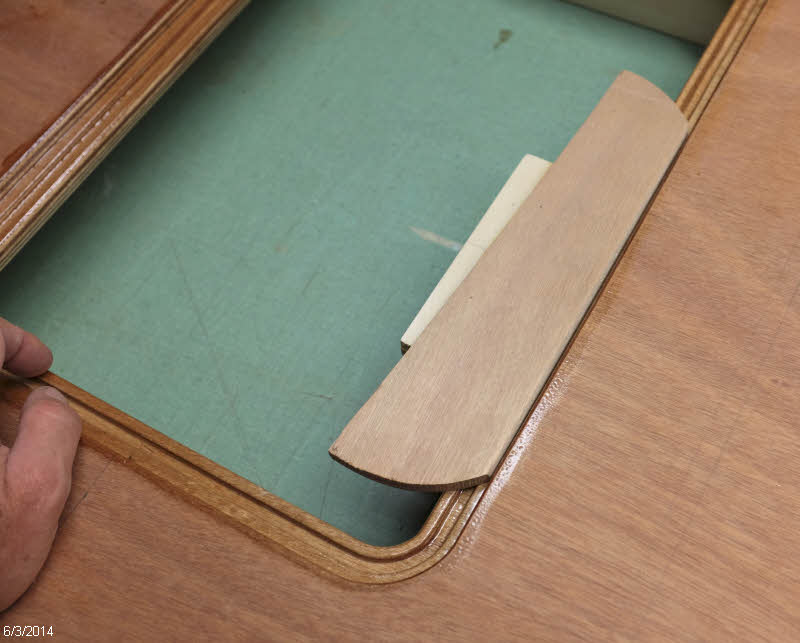With the little hatch locating triangles installed on the bottom of the cockpit sole, it was time to give that surface a final coat of epoxy in preparation for installation.
I had trial fit the sole multiple times to ensure the process would go smoothly when all the cleats were covered with thickened epoxy. This also allowed me to see where there were any gaps that would need clamping.
I mixed up a couple batches of thickened epoxy and applied it to the cleats, then with two helpers dropped the sole into place. I then used some sticks and clamps to push down in a few places, and spent some time scraping off excess epoxy from the hold. The floor hatches gave good access for this, and allowed me to confirm I had good contact.
This was a big step to get done, one that I had been dreading for some time.





















